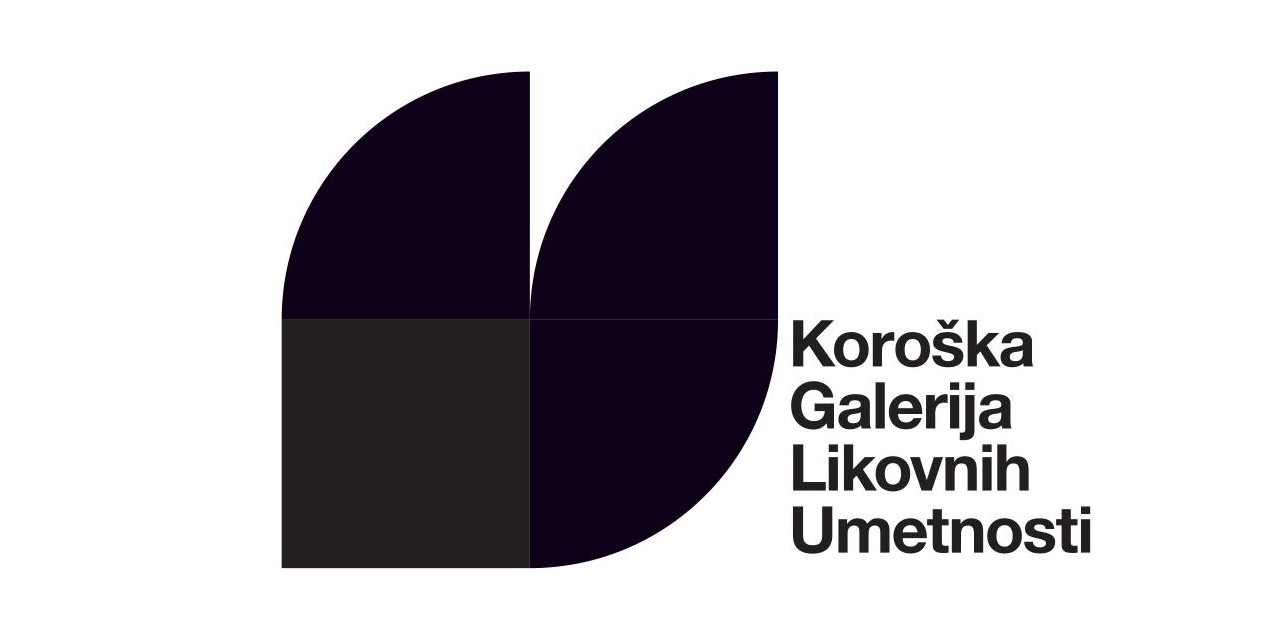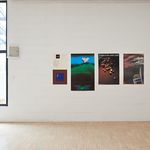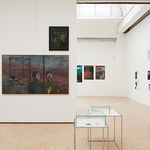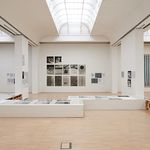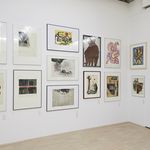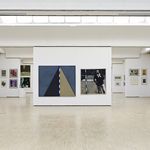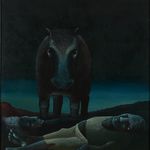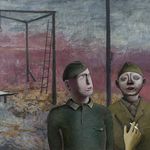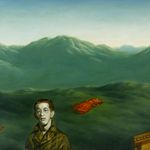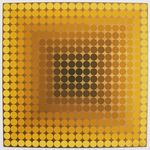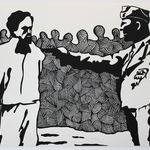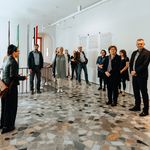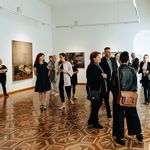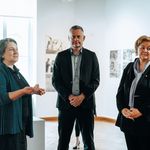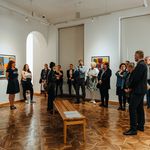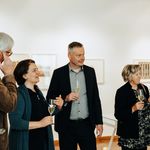Gallery for Peace

Gallery for Peace
UGM, Strossmayerjeva 6
16 May – 2 August 2020
opening: 16 May 2020
curator: Andreja Hribernik in collaboration with Katarina Hergold Germ
artists: Bertil Almlöf, Nika Autor, Jacques Bedel, Roland van den Berghe, Janez Boljka, Daniel Buren, Peter E. Clarke, Eugenio Comencini, Dragica Čadež-Lapajne, Riccardo Dalisi, Guillermo Deisler, skupina Decenta (Diddo Kusdinar, Abdul Djalil Pirous, Gregorius Sidharta Soegijo, Sunaryo Soenarjo, T. Sutanto, Priyanto Sunarto), Andreas Fogarasi, Fokus grupa, Jan Forsberg, Franta, Gotthard Johnny Friedlaender, Mahmoud Hammad, Krsto Hegedušić, Božidar Jakac, Vlado Jakelić, Frederik Kahendra, Leo Kornbrust, Duck-Jun Kwak, Lojze Logar, Ueno Makoto, Miha Maleš, Pavel Medvešček, Antoni Miró, Tadashige Ono, Julian Pacheco, Ico Parisi, Darinka Pavletič-Lorenčak, Miodrag Mića Popović, Pino Poggi, Milan Ranković, Bruno Rinaldi, Walter Solón Romero, Isa Rosenberger, Ismail Saray, Ive Šubic, Marko Šuštaršič, Willy Thaler, Jože Tisnikar, Victor Vasarely, Hermann Walenta, Toon Wegner, Jindřich Wielgus, Stanislav Wojtowicz, Ossip Zadkine
The exhibition Gallery for Peace is thematically based on the collection and the archives of the Museum of Modern and Contemporary Art Koroška (KGLU), which were created as a result of international exhibitions that took place under the auspices of the United Nations in the 1960s, 1970s, and 1980s. By highlighting the main topics that underlie the collection, as well as by establishing dialogues between the works from the collection, the archives, and contemporary artists, the exhibition focuses on the still relevant issues related to the politicisation of art, the role of art in society, and its importance then and now.
The collection of the Museum of Modern and Contemporary Art Koroška (KGLU) is based on the works of artists who participated in the international exhibitions mainly in the years 1967 and 1975. Many of them donated their works to support the idea of establishing the Gallery for Peace, which was conceived as a space advocating the ideas of peace, solidarity, and humanism through art. The four international exhibitions that took place at different intervals present us with an opportunity to look at specific local, national, and even international contexts which they arose from. On closer examination, they even reveal a full range of relationships and connections between some individuals and artists, while also disclosing certain political backgrounds. Through these exhibitions, the first of which took place only two years before the tumultuous year of 1968, we are thus also able to trace a particular spirit of the times.
